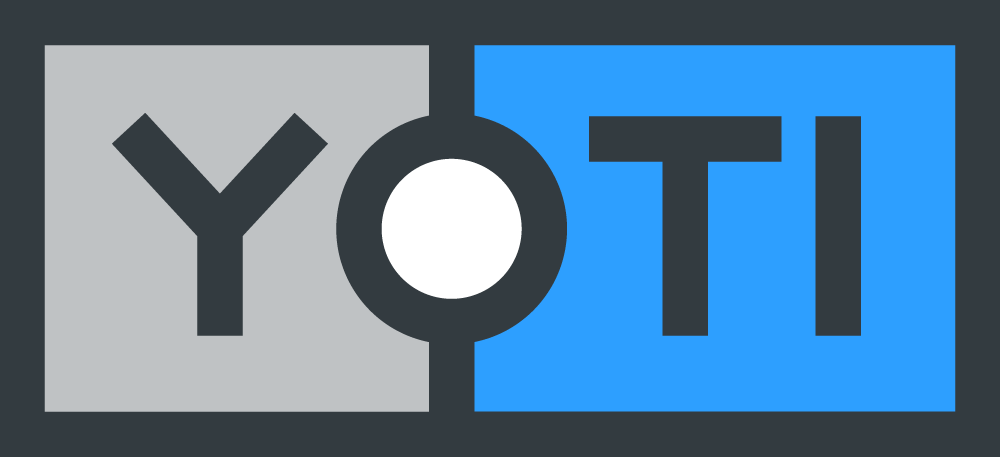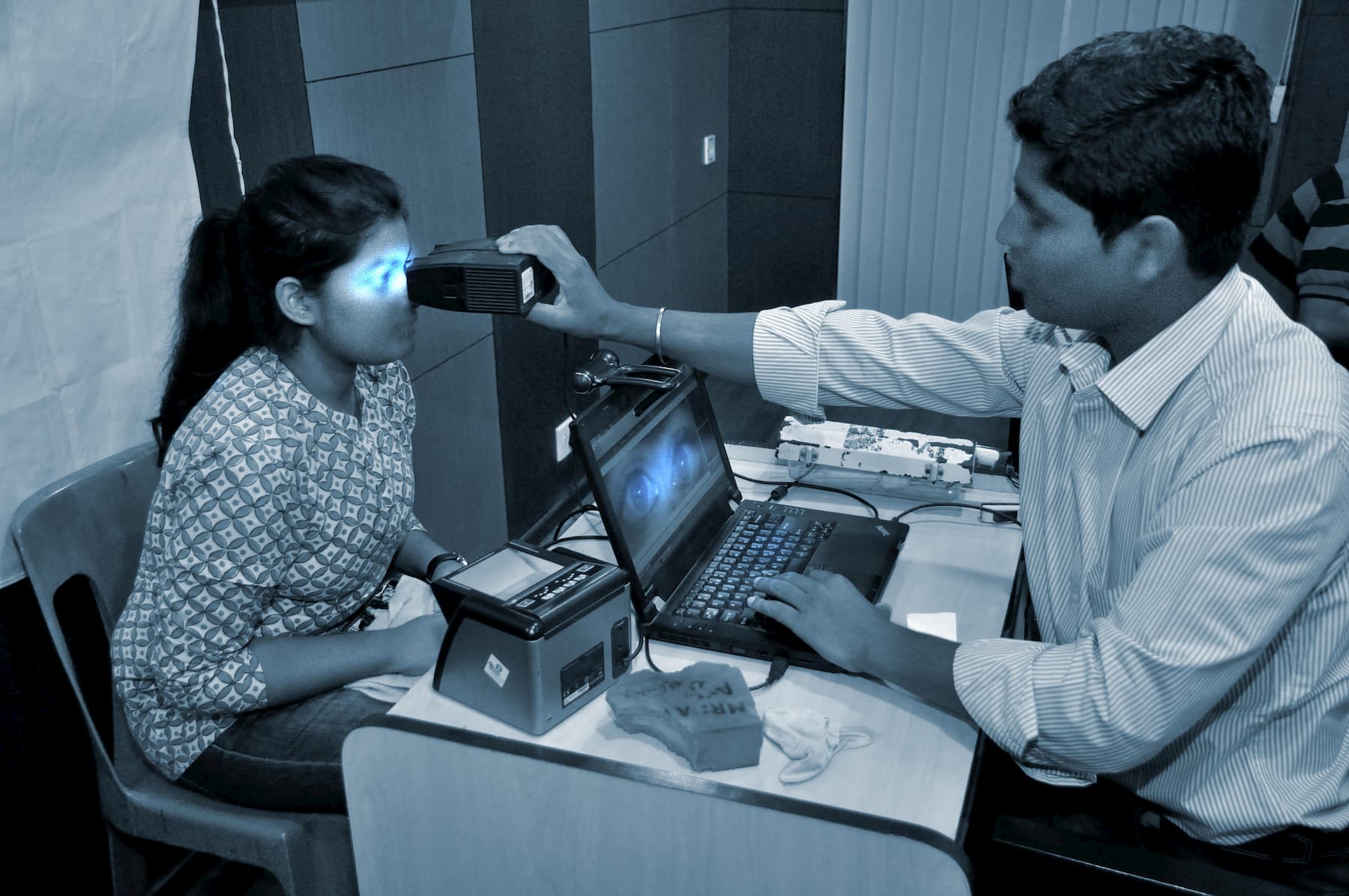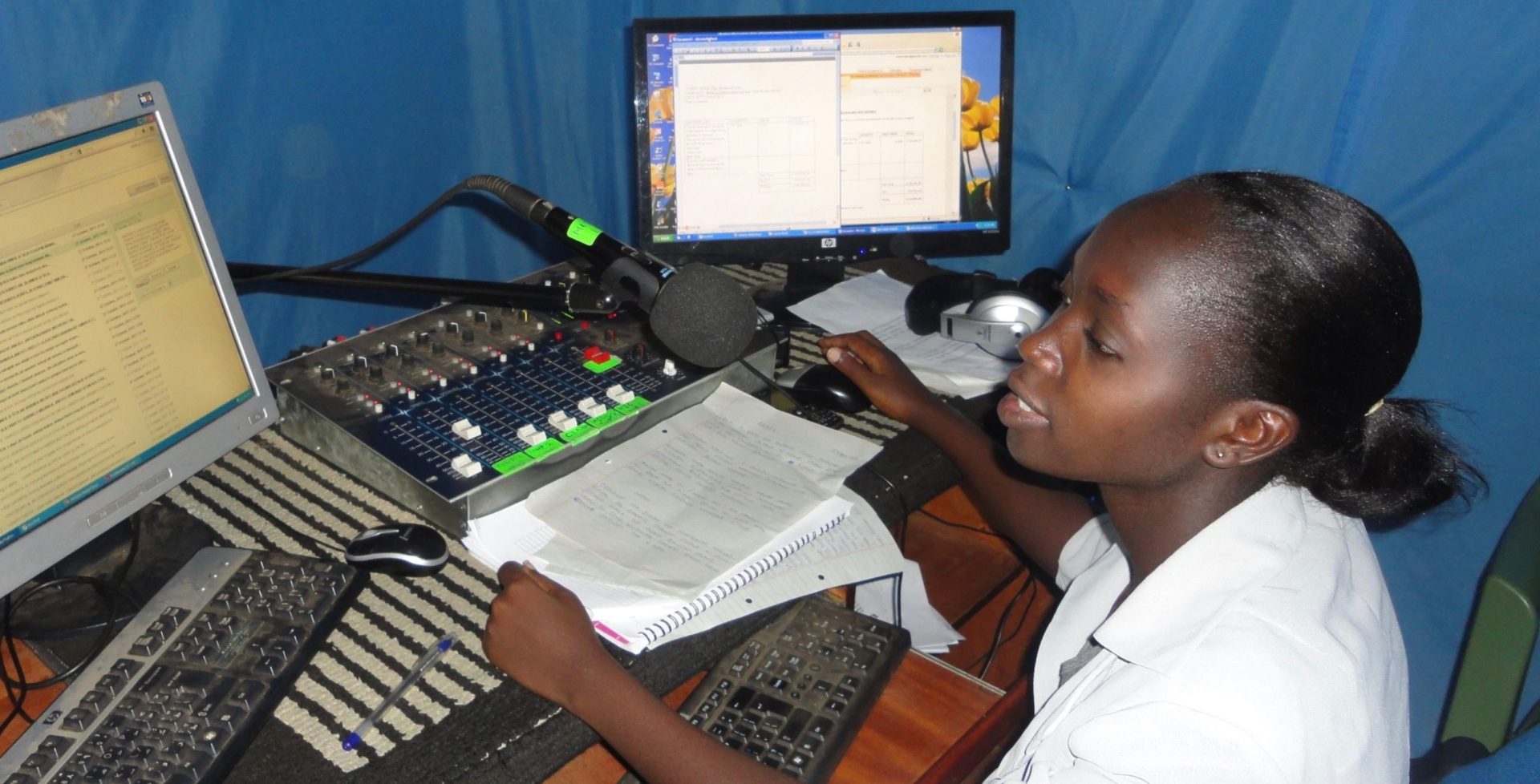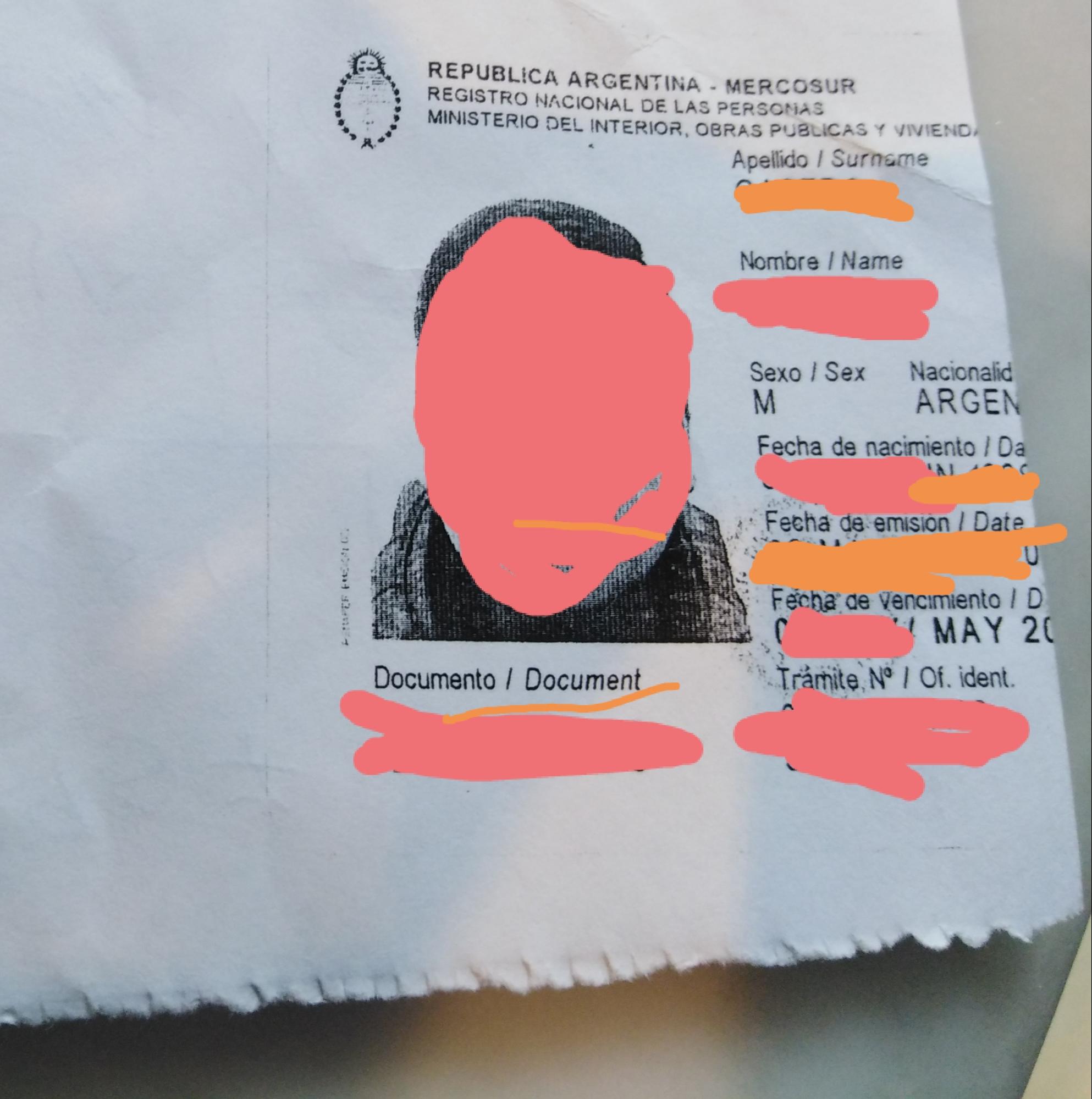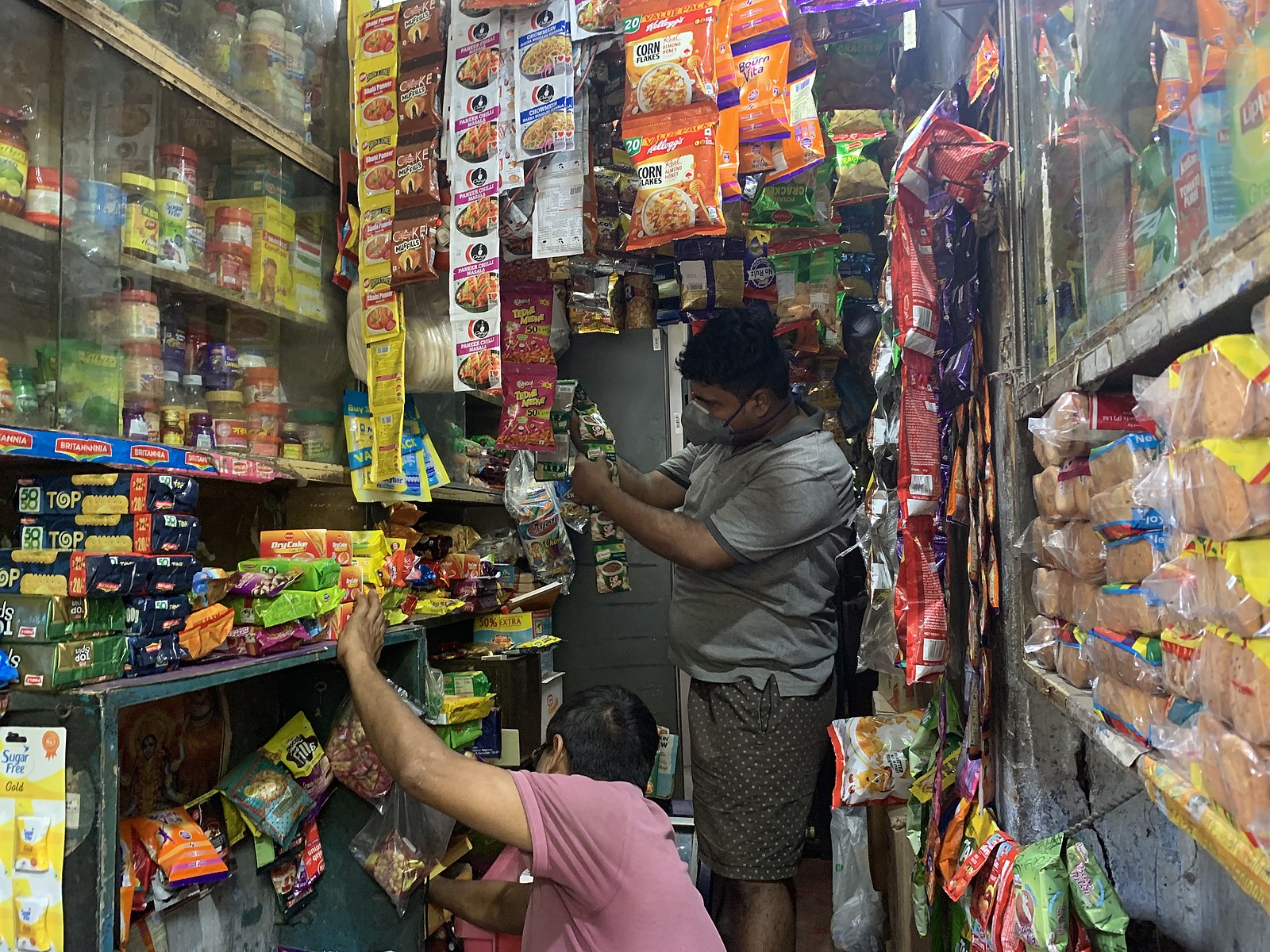Fellowship
#MarginalizedAadhaar: Is Aadhaar a Tech Solution for a Socio-Economic Problem?
This is the fourth field diary entry from Subhashish, one of our Digital Identity Fellows. His year-long research project is focused on the challenges and opportunities within marginalised groups most affected by Aadhaar, India’s national digital ID system. *** “You cannot fix using the law what you have broken using technology” says Indian cybersecurity expert Anand Venkatanarayanan, quoting Professor Sunil Abraham at the Kenyan High Court. Venkatanarayanan was appearing as a witness for the Nubians, a discriminated community for whom the Kenyan biometric database National Integrated Identity Management Scheme (NIIMS, also known as Huduma Namba) would create further exclusions
Identity theft in the Western Cape
This is the fourth field diary entry from Tshepo, one of our Yoti Digital Identity Fellows. His year-long research project is looking at the digital identity landscape in South Africa, with a specific focus on the national smart ID identity programme from a human rights perspective. ***** Identity theft is rising in South Africa, with fraudsters costing the economy more than R1 billion every year. While each province has its own story to tell in terms of statistics and impact, the problem is truly a national one. My research has continued in the Western Cape, the official COVID-19 epicentre
The personal cost of accessing COVID financial support in Argentina
This is the fourth field diary entry from Paz, one of our Digital Identity Fellows. Her year-long research project is focused on unravelling what digital identity, and identity in general, means to the unemployed and under-employed individuals receiving support from public job centres and local labour organisations in Gran Buenos Aires and Mar del Plata in Argentina. ***** There’s little doubt that the Coronavirus pandemic is accelerating the digitisation of people’s everyday lives, in some places acting as an excuse to push certain groups to engage with technology and institutions in ways that might have seemed unlikely a year ago
Numbered Humans: the new podcast from our Digital Identity Fellows
We’re very excited to announce the launch of Numbered Humans, the new podcast from our 2019 Yoti Digital Identity Fellows. In each episode, you’ll hear from Paz Bernaldo in Argentina, Tshepo Magoma in South Africa and Subhashish Panigrahi in India, as they reveal some of the key issues that have emerged during the first six months of their research. Digital identity in marginalised communities The COVID-19 pandemic is affecting the livelihoods of hundreds of millions of people around the world and, as expected, the worst-hit are those already living in poverty, and the excluded and marginalised. We know that
People ask me: What do you mean by ‘digital identity’?
This is the third field diary entry from Paz, one of our Digital Identity Fellows. Her year-long research project is focused on unravelling what digital identity, and identity in general, means to the unemployed and under-employed individuals receiving support from public job centres and local labour organisations in Gran Buenos Aires and Mar del Plata in Argentina. ***** The image at the top of this article is a photo I took of a piece of paper with some phone contacts I was given at a public job centre office. They had ‘recycled’ people’s ID photocopies. I walked away with
MarginalizedAadhaar: Digital identity in the time of COVID-19
This is the third field diary entry from Subhashish, one of our Digital Identity Fellows. His year-long research project is focused on the challenges and opportunities within marginalised groups most affected by Aadhaar, India’s national digital ID system. ***** Before Indian society had the chance to recover from the hardship of both a financial slowdown and the controversial amendment to the citizenship act, it got hit by COVID-19. Many marginalized communities were already struggling to survive poverty, hunger and systemic exclusions, and things have got even harder as life comes to a standstill thanks to social distancing and wider
